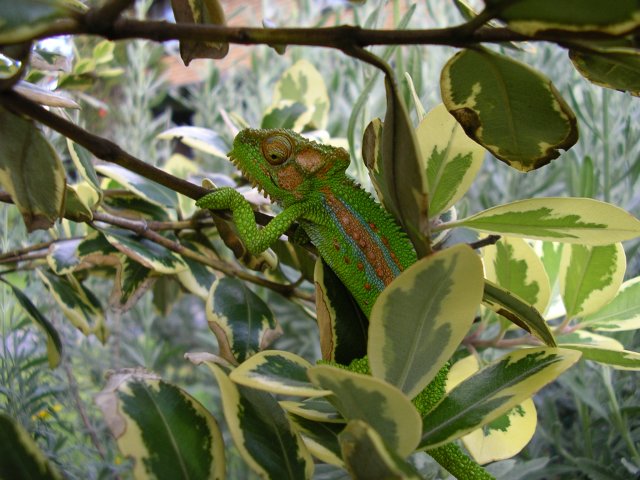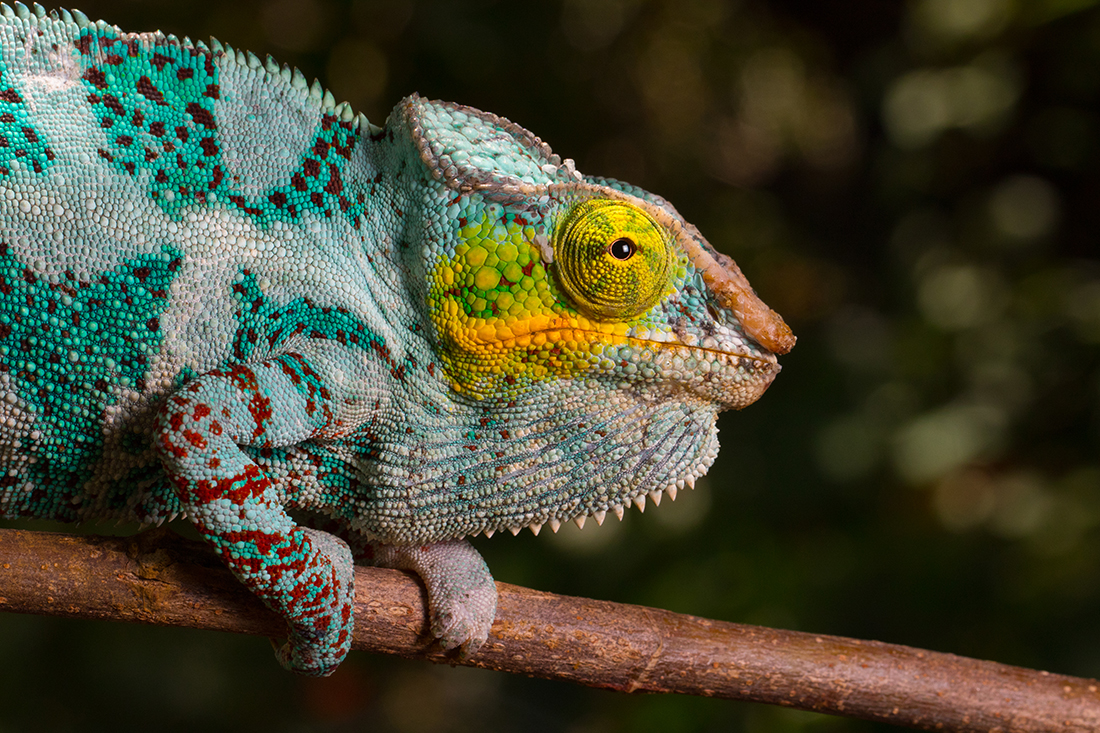A very brief publication by three scientists deals with the genome sequences of reptiles. Wild reptiles from a total of 101 different species were sampled in Ethiopia, Guyana, Mexico and the USA. Unfortunately, the authors do not state exactly how the sampling was carried out and whether whole animals or only tissue samples were taken. DNA was extracted using the Qiagen DNAeasy Kit and Illumina TruSeq kits were used for sequencing.
All genomes were deposited at Genbank. Genomes of one Chamaeleo dilepis (JBHLFC00000000000), one Chamaeleo laevigatus (JBIELG00000000000), one Trioceros affinis (JBHUPM00000000000), one Trioceros balebicornutus (JBHZFU00000000000), one Trioceros harennae (JBHRFO00000000000) and one Chamaeleo gracilis (JBINKK00000000000) were deposited. Several entries of these species already existed in GenBank.
The complete genome sequences of 101 species of reptiles
Timothy J. Colston, Stacy Pirro, R. Alexander Pyron
Biodiversity Genomes, 2025
DOI: 10.56179/001c.129597
Picture: Chamaeleo laevigatus, photographed by John Lyakurwa, Creative Commons Attribution 4.0 International




